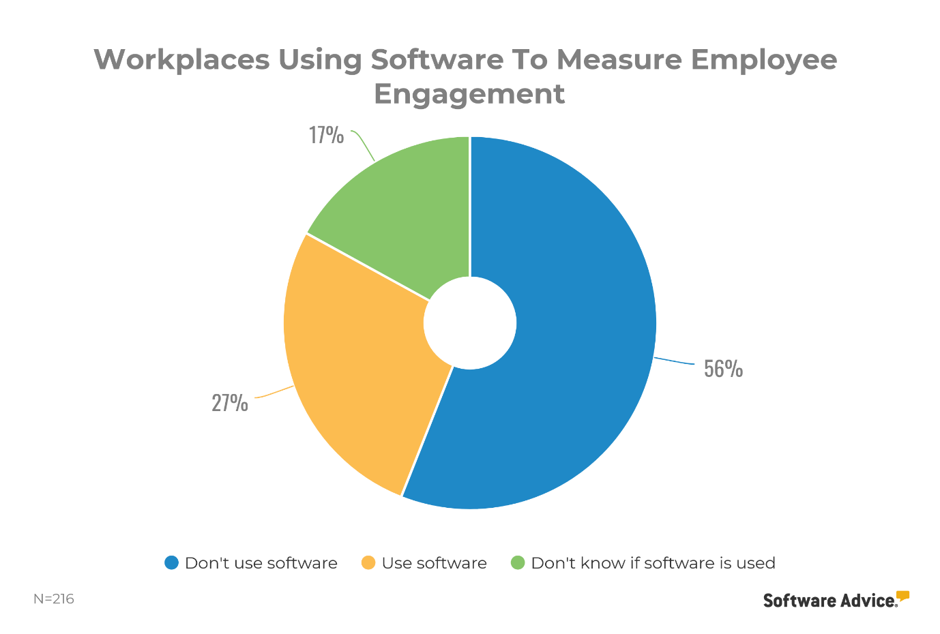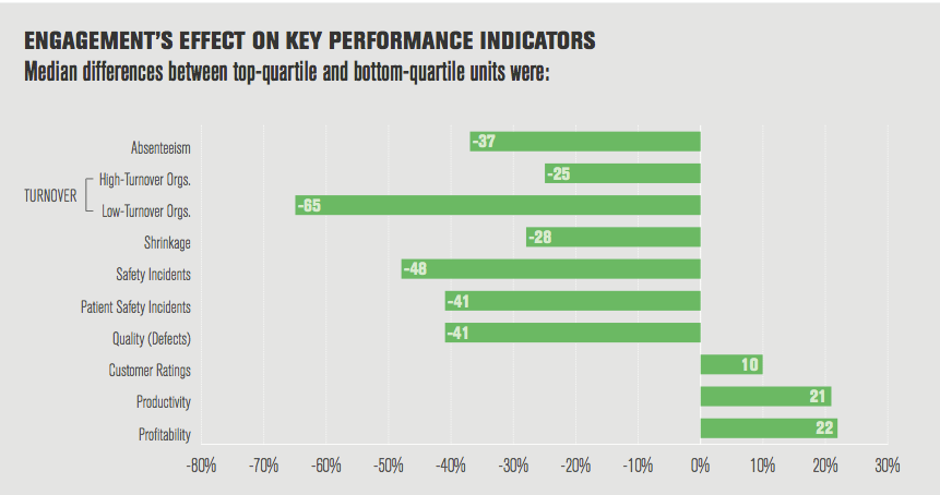One of the critical success factors of any organisation is the retention of
top talent. There is now no question that employee engagement heavily influences this. Furthermore, if you have been investigating this subject, you will know how important the direct manager’s relationship with any employee is to foster employee engagement. However, many managers have had little training in employee retention strategies. I have worked with developing managers for over 15 years and I want to share with you the bare bones of what can make any diligent manager into a genius in the area of employee engagement.

Myths Must be Overcome:
First there are some myths about employee engagement that need to be unmasked. Let’s dispel some of the myths that are being bandied around.
- Myth one: It is essentially an organisational issue: No, it is not essentially an organisational issue, but an individual psychological phenomenon within the psyche of each employee. Hence, by its very nature, it is a unique experience within each employee.
- Myth two: The best strategy to improve employee engagement is through an organisational level approach: Partly true, because context is always important, but left on its own without the individual approach, it will only ever be hit and miss. You need to predominantly address engagement at the individual level, plus examine if there are organisational cultural impediments to increasing employee engagement.
- Myth three: The manager’s interactions with their direct-reports are the direct cause of low employee engagement: Half-truth, for there is a correlation between them, but many strategies place too much emphasis on the manager alone to create better morale, like somehow employee engagement is all up to the manager. There needs to be responsibility on both sides of the equation. Yes, managers need to learn how to facilitate employee discussions toward increased engagement, but both employee and manager are needed to be part of the solution.
- Myth four: It is too complicated for the average manager to significantly increase employee engagement. Incorrect, I keep seeing statements that imply employee engagement is so diverse that one needs a vast number of customisable industry-specific tools and approaches to be able to make a difference. Yes, solutions need to be customisable, and effort needs to be given, but there are 18 definable areas in which all human beings predictably preference how they best engage. Once the order of importance for each employee is revealed through collecting data, a manager can co-develop an engagement plan to address these issues. Today, tools are available where this process is exceptionally manageable for anyone who manages employees.
- Myth five: Managers are too busy to add an employee engagement focus to their current load of responsibilities. You don’t want to add another thing to the list; I get it. However, with the right tools and approach, it can be integrated into an existing performance appraisal process, which also significantly improves the process. A manager can also integrate it into other existing developmental planning. Furthermore, if you are in a small to medium enterprise and are currently not investing in your staff as you would like, there are tools to assist you in getting started. It doesn’t have to be overwhelming to add this to your focus, yet the benefits are considerable.
- Myth six: You need exceptional managers to make engagement work. Wrong, any keen manager with decent interpersonal skills can quickly learn expertise in this area with collecting the right data to address issues that matter to their employees. Significant shifts of engagement can be seen in a relatively short period of time. Many companies talk a lot about employee engagement, but little is done to collect the necessary information from their employees to ensure they use a customisable approach. This is the first step and without it the task for a manager becomes mind-reading and the success rate diminishes exponentially. The pie chart below reveals that statistically, workplaces have demonstrated a low take up rate of using software to assist in identifying key engagement issues. Unfortunately, it is hurting their efforts.

Advantages gained makes increased engagement worth the effort:
Getting a handle on ‘employee engagement’ to attract and retain top talent is no longer a luxury. If you want to stand out from other companies and exceed the expectations of today’s employees, it is a required element of people management. The shifting demographic mind-sets that are increasingly filling the workplace today demand better than previous generations. You need to get ahead of the curve to stay in the game. Below are some clear advantages to place this area on your radar:
- In 2019, Dr. Andrew Chamberlain, chief economist at Glassdoor, who oversees highly respected research on topics such as, labour market trends, predicted that the 2020s would see business culture as a core business focus, making employee engagement a central component. Covid-19 has only heightened the need for this approach with more weight given to looking after the whole person.
- Research clearly shows that engaged employees perform at a higher level, plus contribute more through their discretionary effort. This has a positive effect on morale and many other factors as seen below.
- The well-respected Gallup Organisation conducted a meta-analysis of 339 employee engagement research studies, across 49 industries and 73 countries to analyse the impact engagement makes on work-unit-level performance. They looked at 82 248 work units, including nearly 1.8 million employees, and discovered the significant difference engaged employees made over disengaged employees across many key business metrics. There were statistically significant improvements across the board in the following areas:
- customer ratings
- profitability
- productivity
- turnover (for both high-turnover and low-turnover organizations)
- safety incidents
- shrinkage (theft)
- absenteeism
- patient safety incidents
- quality (defects)
Below is a graph depicting Gallup’s meta-analysis on the important effect ‘employee engagement’ had on key business metrics.

What are the key components that need measuring for greater Employee Engagement?
If a manager is going to be successful at employee engagement, she or he needs to receive individualised employee psychometric data on the below psychological workplace categories, some of which are broken down into sub-categories (not discussed here). Having this type of data raises the potential genius level of a manger, because even an extraordinarily competent manager, along with considering all their operational responsibilities, would never be able to drill down to the nuanced levels needed to effectively understand each of their employees’ workplace expectations.
- Development expectations
- Communication expectations
- Authority expectations
- Remuneration expectations
- Appreciation expectations
- Social expectations
- Personal expectations
- Work Life Balance expectations
The psychometric data that is needed on these eight categories (and
sub-categories within them) needs to be organised into three types of useful information
for managers to use as a framework for quality conversations about fulfilment
and engagement. The first useful category is how important each workplace
expectation is to each employee. There is no point trying to address all areas
with an employee when they couldn’t care less about many of them. Address the
areas that they care about the most. It won’t make them more engaged to focus
on areas of disinterest. In fact, they will probably roll their eyes, because
you are wasting their time on some required unrelated area.
The second category is an employee’s current sense of fulfillment being experienced in each of their important area/s. If there are a few competing high interest areas (which is likely), yet the employee feels amazingly fulfilled in any of them, why waste resources on areas that they are already fulfilled in? This data allows the manager to address real employee pain-points. It brings to light areas that they would not normally feel comfortable discussing in a face-to-face encounter. Be assured when an employee can see you are addressing real areas of impact for them, they will be more engaged. Managers will be able to simply get to the heart of the matter easier and discuss pertinent areas.

Finally, the last category uses data that explores an employee’s interests, behaviours and tendencies, which will either detract from or contribute to the likelihood of them receiving the workplace expectations they desire. For example, within authority expectations, if one wants to be offered more leadership opportunities, but their natural tendency is to avoid workplace challenges, or tend not to take initiative, there is an incongruence between expectations and behaviours. This leaves a good space for the manager to discuss both how management can look at future leadership opportunities for them, and what they as an employee, need to show in order to increase the likelihood of being given such opportunities. Notice that this takes all the responsibility off the manager and appropriately shares it between the manager and the employee.
I trust you are starting to see that a manager with this sort of
data could conduct useful and effective performance reviews, using quality personalised
information they would never be able to gain through their own initiatives. It immediately
raises the starting point for engagement to a significantly higher level within
the top percentile at genius level. They will know how to frame quality conversations
regarding area/s that are most important for each person they manage; which
areas need current attention through understanding how fulfilled or unfulfilled
they are; and discuss how the manager and the employee can plan together to achieve
mutual benefit. This might seem blatantly obvious, but one of the key components
to increased engagement for any person is helping them to achieve their most
desired goals. Hence, a manager assisting an employee to achieve their
workplace expectations automatically raises motivation levels.
What’s the next steps to Genius?
To become a genius at anything, you must learn how to crawl before you can
walk. You’ve got to make a start. You also want to start crawling in the right
direction, because if you notice that you are making headway the encouragement will
keep you heading in the right direction and eventually make you get up and run
in that direction. Therefore, the first critical thing to remember in your
journey to genius is that employee engagement is essentially an individual
psychological phenomenon.
The second critical step is to use cloud-based software designed to collect quality individual employee data on engagement issues. It boosts manager genius levels overnight. Organisations not using technology to collect engagement data are losing an enormous opportunity to retain desired talent and collect quality information to assist managers in their capacity to do this well.

Next, as a manager, sit down with each employee and discuss the engagement areas – incorporating it into their performance reviews – that are most important to them, their satisfaction levels and how both of you can work together to address areas of concern. Remember this is just a foundational step toward increased engagement. It is using quality data to frame a conversation around what will contribute to their workplace engagement, the goals that need to be set by both parties, and the ongoing monitoring of progress toward the desired agreed outcomes.
The final step is to ensure that as a manager you take a customised
approach to address the engagement needs of each of your employees. There is commitment
needed from managers to ensure greater engagement occurs. This can be applying
a resource, using a different communication approach or frequency of approaches,
finding the best recognition and acknowledgement method, and more. It is
important if a manager has discovered engagement deficits in any of the 8
engagement areas listed above that they are addressed, or employees could become
more disheartened. Most of the time it will simply be applying an appropriate response
from your discussions within the right areas for the employee. There will
always be a need to customise how you address each employee, but there will
also be similarities of resources that one can adjust and use to address similar
revealed needs.
Start today!
In conclusion, one of the cloud-based systems that I highly
recommend, and assist managers to implement within their businesses, comes with
an online dashboard listing all employees. This not only enables regular monitoring,
but the psychometric results can be used to assist in several other developmental
areas, such as, succession planning, team development, emotional intelligence
and leadership development. It also has the capacity to utilise the collected data
to address organisational cultural employee engagement issues.
Can I encourage you to stop trying to increase your employee
engagement the hard way? There is an easy, effective and immediate way to get
out of the starting blocks with a burst that really works. Contact me for a
discussion on how I can assist you to set up your own cloud-based system and get
you on your path to genius.
Why not schedule a free 15-minute strategy session with me, by
clicking on the link below, to explore together if this system will work best
for you?
David Allan, MBus
https://my.timetrade.com/book/BGPRN
